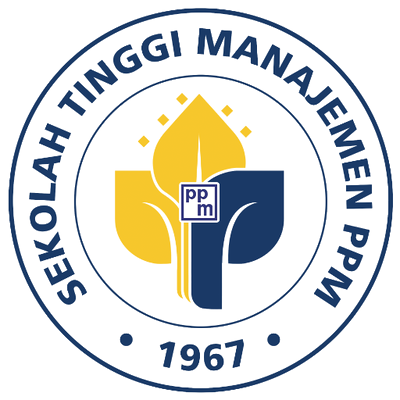Counterparty Credit Limit: Identifikasi, Pengukuran dan Pemetaan Risiko Bank-Bank di Indonesia
Abstract
Keywords
Full Text:
PDF (Bahasa Indonesia)References
Departemen Penelitian dan Pengaturan Perbankan Otoritas Jasa Keuangan. (2015). Penyempurnaan Kerangka Counterparty Credit Risk Basel II Dan III. Jakarta.
Departemen Penelitian dan Pengaturan Perbankan Otoritas Jasa Keuangan. (2016). Pendekatan Standar Untuk Counterparty Credit Risk (Sa-Ccr). Jakarta.
Djohanputro, Bramantyo. (2008). Manajemen Risiko Korporat. Penerbit PPM. Jakarta.
Herfini, Emmawati., dan Jogiyanto, Hartono. (2013). Analisis Penilaian Counterparty Credit Risk Untuk Kebijakan Penetapan Credit Line Kepada Bank-Bank Koresponden Di Negara Eropa oleh PT. Bank ABC (Persero), Tbk Pada Masa Krisis Ekonomi Eropa (Tesis). Yogyakarta (ID): Universitas Gadjah Mada.
Ikatan Bankir Indonesia (IBI) dan Banker Association for Risk Management (BARa). (2015). Manajemen Risiko 1. Modul Sertifikasi Manajemen Risiko Tingkat 1. Jakarta.
Kasmir. (2016). Bank dan Lembaga Keuangan lainnya. Ed. Revisi Cet.17. Rajawali pers. Jakarta
Kurniawati., Theresia LI., Saputra, Mochamad Chandra., dan Rachmadi, Aditya. (2018). Identifikasi dan Analisis Kualitatif Risiko Sistem E-Budgeting dan E-Procurement Studi Kasus: Administrasi Pembangunan Pemerintah Kota Surabaya. Jurnal Pengembangan Teknologi Informasi dan Ilmu Komputer, vol. 2, no. 11, p. 4940-4948, juli 2018. ISSN 2548-964X. Universitas Brawijaya. Malang.
Pritchard, Carl L. (2015). Risk Management Concepts and Guidance Fifth Edition. United States: PMI Book Service Center.
Rum, I.A dan Ratni H. (2018). Modul Metode Delphi. Universitas Padjajaran. Direktorat Jasa Keuangan dan BUMN, Bappenas.
Subagyo, Ahmad, Rusli Simanjuntak dan Alexander Irianto Bukit. (2020). Dasar-Dasar Manajemen Risiko. Edisi Pertama. Mitra Wacana Media. Jakarta.
Sugiyono. (2015). Metode Penelitian Kombinasi (Mix Methods). Bandung: Alfabeta.
Undang-Undang Nomor 10 Tahun 1998
Wiryani., Helen., Achsani, Noer Azam., dan Baga, Lukman M. (2013). Pemetaan Risiko di Industri Penyamakan Kulit dengan Pendekatan Enterprise Risk Management (ERM). Jurnal Manajemen & Agribisnis, Vol. 10 No. 1 Maret 2013: Institut Pertanian Bogor. Bogor
DOI: https://doi.org/10.34149/jmbr.v18i2.274
Indexing
JMBR Editorial Office: PPM School of Management, Jl. Menteng Raya 9-19 Jakarta 10340 Phone: 021-2300313 ext 2354

License
JMBR is using CC BY License
This work is licensed under a Creative Commons Attribution 4.0 International License.
















